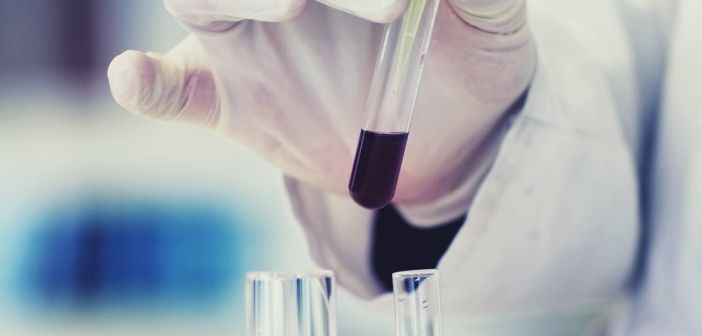The importance of diagnostic testing for COVID-19

As the coronavirus surges across the globe, scientists are mobilizing in a united effort to confront, delay and stop its spread. Thousands of patients have already recovered from the coronavirus, and at the American Society for Microbiology COVID-19 International Summit (23 March 2020), researchers discussed what more can be done through coordinated efforts to accelerate research and subsequently save lives.
Though several trials for candidate vaccines and potential therapies are underway, there is currently no cure, and in the absence of either proven effective therapy or a vaccine, diagnostic testing becomes a valuable tool. Despite public health authorities’ implementing extreme measures to isolate the virus, most countries have been underprepared and as a result have faced community transmission before adequate testing was in place to allow for ample isolation and tracking. This picture is now starting to change, as we enter a defining moment for diagnostics, with researchers coming together to break the testing bottleneck.
Though still limited in many areas, testing for SARS-CoV-2 is becoming increasingly available. There are currently two broad categories of testing for the virus: those that detect viral RNA and serological tests that detect the host’s response to the virus.
Viral RNA detection
So far, the primary test has involved directly detecting SARS-CoV-2 viral RNA through PCR testing. The first quantitative reverse transcriptase PCR tests (RT-qPCR) for SARS-CoV-2 were designed and distributed to laboratories around the world in January by the WHO. Since then, the complexity and expense of these widespread tests has necessitated the development of alternative PCR-based testing strategies on more localized levels.
Further, given that such tests are still very new to the scene, it is important to note that the true clinical sensitivity is unknown, therefore a negative test does not negate the possibility that an individual is infected.
Despite its shortcomings, RT-qPCR remains the backbone of testing for the virus. It aids the identification of those who are infected, and subsequently the management of patients, and implementation of mitigation strategies for preventing the spread of the disease.
Although tests have become available, the current huge demand puts them in short supply. It is therefore important for public health authorities to consider prioritizing testing for certain groups, such as within healthcare, to suppress the spread of the virus while efforts are made to address the supply chain challenges.
Serological tests
An emerging group of tests is those that detect immunoglobulins, typically in the blood. Such assays exploit antibody–antigen recognition in order to determine whether the host has been exposed to the virus. As more people contract and then recover from the disease, these tests can help paint a picture of the viral spread among populations and manage social restrictions through providing historic information about viral exposure, as well as diagnostic evidence.
While these serological tests have huge potential in tracing the virus, they are still being developed. They take longer to carry out and are currently limited in availability. As companies continue to develop immunoassays for COVID-19, further research will be required to refine the methods used. Multiple tests need to be standardized on an international level to provide the best information.
Further, it is not yet clear whether individuals infected with SARS-CoV-2 who subsequently recover will be protected from future infection. This is certainly worth considering if the goal is to allow those who have recovered to ease social distancing.
Conclusion
It is ultimately important to highlight that different tests serve different purposes in the management of this pandemic: while viral RNA testing enables point-of-care, acute detection of those infected with SARS-CoV-2, as time goes on the potential of immunological tests for contact tracing will be increasingly valued, with efforts to produce them on a large scale already beginning to ramp up.
As we face this global challenge and strive to leverage the power of testing, it’s important to recognize that we still have a way to go in understanding the virus itself. In light of this, it will become increasingly necessary to maintain systematic and coordinated efforts between the public, clinical, commercial and industry sectors to establish a cohesive body of knowledge and ensure robust supply lines in the midst of this pandemic.